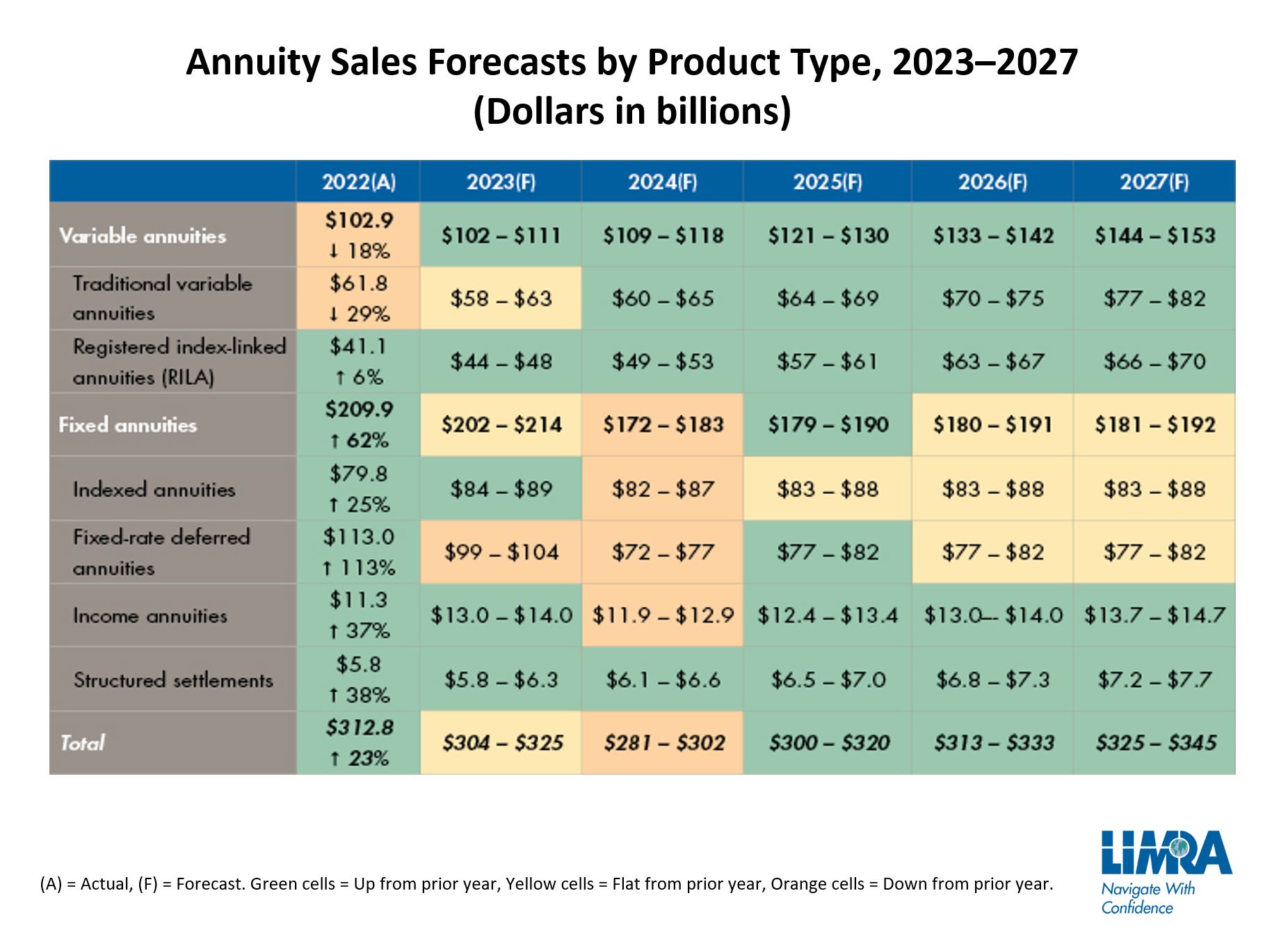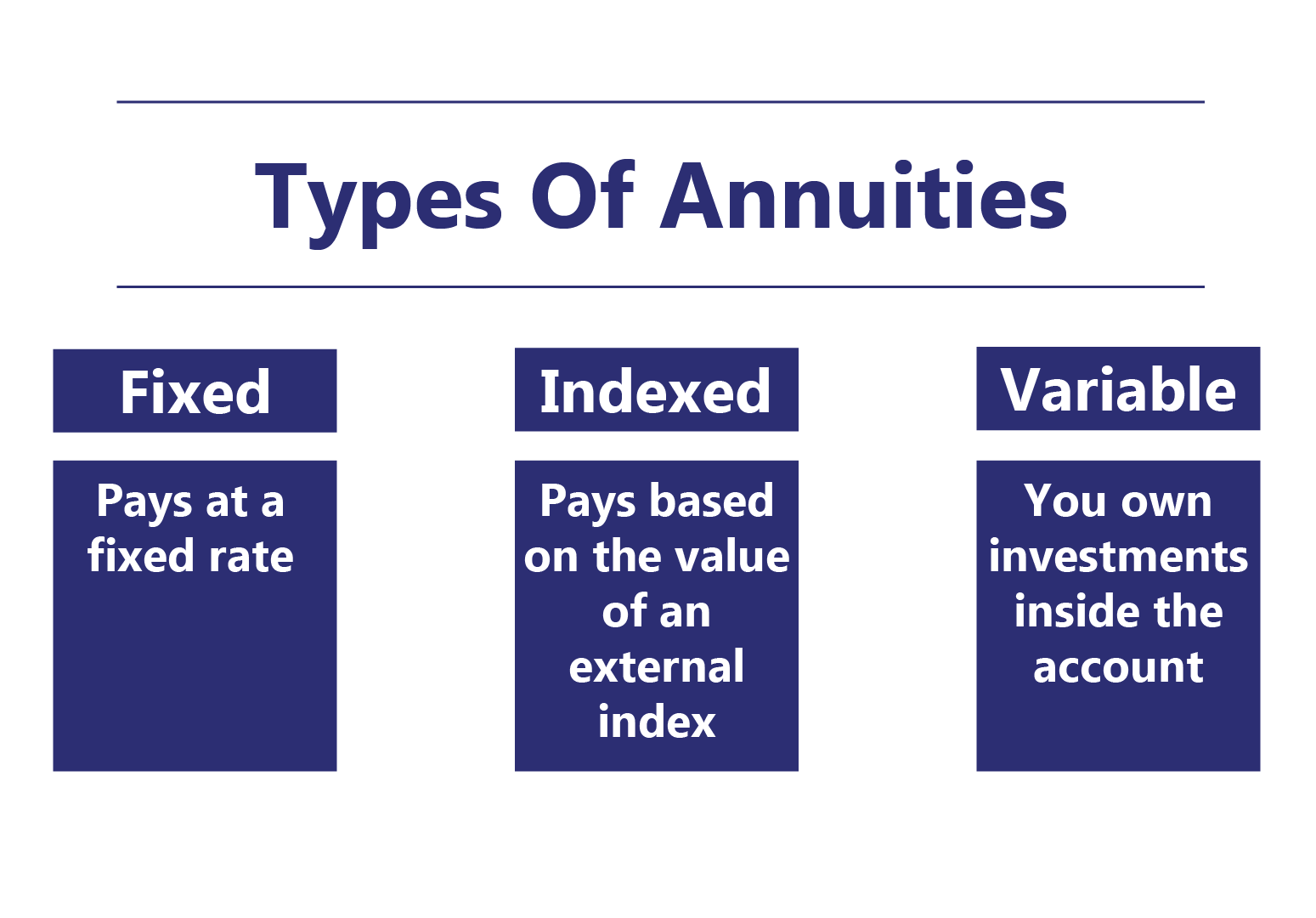All Categories
Featured
Table of Contents
Simply as with a repaired annuity, the proprietor of a variable annuity pays an insurance coverage business a round figure or collection of payments for the guarantee of a series of future settlements in return. As mentioned above, while a fixed annuity grows at a guaranteed, consistent rate, a variable annuity expands at a variable price that depends upon the efficiency of the underlying investments, called sub-accounts.

During the accumulation stage, assets spent in variable annuity sub-accounts expand on a tax-deferred basis and are strained just when the contract owner withdraws those revenues from the account. After the accumulation phase comes the income phase. Gradually, variable annuity assets should in theory raise in worth up until the agreement owner chooses she or he would certainly such as to begin taking out cash from the account.
The most significant problem that variable annuities normally present is high cost. Variable annuities have a number of layers of fees and costs that can, in aggregate, create a drag of up to 3-4% of the agreement's value each year.
Understanding Fixed Vs Variable Annuities A Comprehensive Guide to Fixed Index Annuity Vs Variable Annuities Defining Fixed Annuity Vs Equity-linked Variable Annuity Features of Fixed Income Annuity Vs Variable Annuity Why Variable Annuities Vs Fixed Annuities Is Worth Considering Variable Annuity Vs Fixed Indexed Annuity: How It Works Key Differences Between Different Financial Strategies Understanding the Rewards of Variable Annuity Vs Fixed Annuity Who Should Consider Strategic Financial Planning? Tips for Choosing the Best Investment Strategy FAQs About Annuity Fixed Vs Variable Common Mistakes to Avoid When Choosing Fixed Vs Variable Annuities Financial Planning Simplified: Understanding Your Options A Beginner’s Guide to Smart Investment Decisions A Closer Look at How to Build a Retirement Plan
M&E expense costs are determined as a portion of the agreement value Annuity providers pass on recordkeeping and various other administrative expenses to the agreement owner. This can be in the type of a flat annual cost or a percent of the agreement worth. Administrative costs may be included as part of the M&E threat charge or may be analyzed individually.
These fees can vary from 0.1% for passive funds to 1.5% or even more for proactively handled funds. Annuity contracts can be customized in a number of ways to offer the certain requirements of the agreement proprietor. Some usual variable annuity cyclists include ensured minimal build-up advantage (GMAB), assured minimum withdrawal benefit (GMWB), and guaranteed minimal revenue advantage (GMIB).

Variable annuity payments offer no such tax deduction. Variable annuities often tend to be extremely inefficient vehicles for passing wealth to the next generation because they do not take pleasure in a cost-basis modification when the initial contract proprietor dies. When the proprietor of a taxed financial investment account dies, the cost bases of the investments kept in the account are gotten used to mirror the market prices of those investments at the time of the proprietor's death.
Analyzing Fixed Vs Variable Annuity Everything You Need to Know About Financial Strategies Defining Fixed Income Annuity Vs Variable Annuity Features of Retirement Income Fixed Vs Variable Annuity Why Choosing the Right Financial Strategy Can Impact Your Future Fixed Vs Variable Annuities: A Complete Overview Key Differences Between Indexed Annuity Vs Fixed Annuity Understanding the Risks of Long-Term Investments Who Should Consider Strategic Financial Planning? Tips for Choosing Deferred Annuity Vs Variable Annuity FAQs About Fixed Interest Annuity Vs Variable Investment Annuity Common Mistakes to Avoid When Planning Your Retirement Financial Planning Simplified: Understanding Deferred Annuity Vs Variable Annuity A Beginner’s Guide to Smart Investment Decisions A Closer Look at How to Build a Retirement Plan
Such is not the case with variable annuities. Investments held within a variable annuity do not receive a cost-basis modification when the original owner of the annuity passes away.
One substantial problem connected to variable annuities is the possibility for problems of rate of interest that might feed on the component of annuity salesmen. Unlike a financial consultant, that has a fiduciary obligation to make investment decisions that benefit the customer, an insurance coverage broker has no such fiduciary obligation. Annuity sales are very financially rewarding for the insurance professionals who market them due to high upfront sales commissions.

Lots of variable annuity contracts include language which puts a cap on the percentage of gain that can be experienced by specific sub-accounts. These caps avoid the annuity owner from fully joining a part of gains that could or else be appreciated in years in which markets create considerable returns. From an outsider's point of view, presumably that capitalists are trading a cap on investment returns for the previously mentioned ensured flooring on investment returns.
As noted over, surrender costs can drastically restrict an annuity owner's ability to relocate assets out of an annuity in the early years of the agreement. Additionally, while many variable annuities enable contract owners to take out a specified amount throughout the accumulation phase, withdrawals past this quantity normally cause a company-imposed fee.
Withdrawals made from a set rates of interest investment alternative can additionally experience a "market price adjustment" or MVA. An MVA readjusts the value of the withdrawal to reflect any kind of modifications in rate of interest from the moment that the cash was spent in the fixed-rate choice to the time that it was withdrawn.

Fairly often, even the salesmen that market them do not fully recognize exactly how they function, and so salespeople occasionally take advantage of a purchaser's feelings to offer variable annuities instead than the benefits and viability of the products themselves. Our company believe that capitalists ought to totally comprehend what they have and just how much they are paying to have it.
Decoding How Investment Plans Work Key Insights on Variable Annuity Vs Fixed Annuity Defining the Right Financial Strategy Benefits of Choosing the Right Financial Plan Why Choosing the Right Financial Strategy Can Impact Your Future Fixed Income Annuity Vs Variable Growth Annuity: A Complete Overview Key Differences Between Different Financial Strategies Understanding the Key Features of Variable Vs Fixed Annuities Who Should Consider Strategic Financial Planning? Tips for Choosing the Best Investment Strategy FAQs About Annuities Variable Vs Fixed Common Mistakes to Avoid When Planning Your Retirement Financial Planning Simplified: Understanding Your Options A Beginner’s Guide to Smart Investment Decisions A Closer Look at Immediate Fixed Annuity Vs Variable Annuity
However, the same can not be stated for variable annuity assets held in fixed-rate financial investments. These possessions lawfully come from the insurer and would for that reason be at risk if the company were to stop working. Similarly, any guarantees that the insurer has agreed to give, such as a guaranteed minimum income advantage, would be in question in case of a service failing.
Prospective purchasers of variable annuities should recognize and consider the economic problem of the providing insurance policy business prior to getting in right into an annuity contract. While the advantages and drawbacks of different kinds of annuities can be disputed, the genuine problem surrounding annuities is that of suitability. Put simply, the question is: who should own a variable annuity? This inquiry can be tough to answer, provided the myriad variants offered in the variable annuity universe, however there are some basic guidelines that can aid capitalists make a decision whether or not annuities must play a role in their financial plans.
As the claiming goes: "Purchaser beware!" This write-up is prepared by Pekin Hardy Strauss, Inc. Annuities for retirement income. ("Pekin Hardy," dba Pekin Hardy Strauss Wide Range Administration) for informational functions just and is not planned as an offer or solicitation for company. The information and information in this short article does not comprise lawful, tax obligation, accountancy, investment, or other professional guidance
Table of Contents
Latest Posts
Decoding How Investment Plans Work A Comprehensive Guide to Investment Choices Defining the Right Financial Strategy Benefits of Choosing the Right Financial Plan Why Choosing the Right Financial Stra
Analyzing Immediate Fixed Annuity Vs Variable Annuity Key Insights on Annuity Fixed Vs Variable Defining Fixed Vs Variable Annuity Benefits of Choosing the Right Financial Plan Why Choosing the Right
Highlighting the Key Features of Long-Term Investments Key Insights on Your Financial Future Breaking Down the Basics of Investment Plans Advantages and Disadvantages of Retirement Income Fixed Vs Var
More
Latest Posts